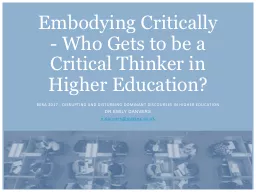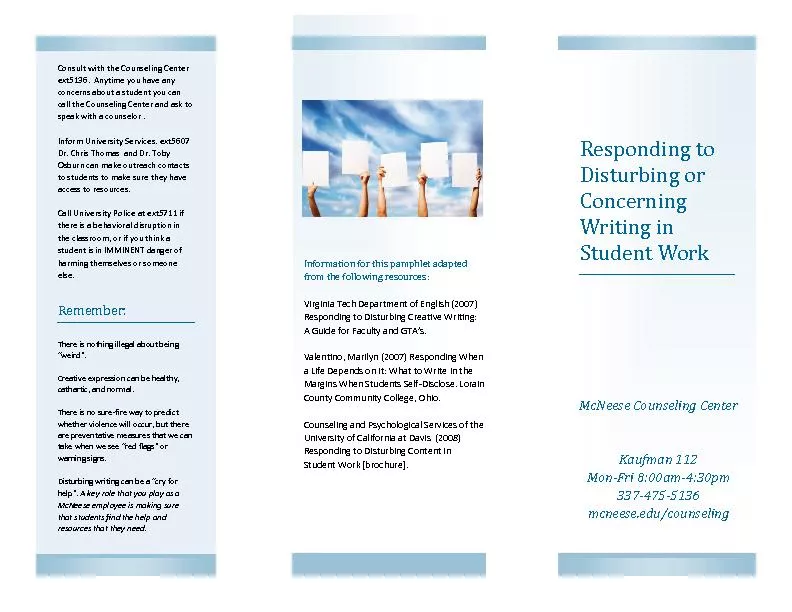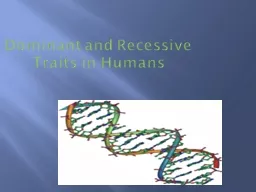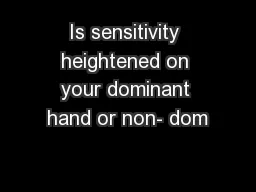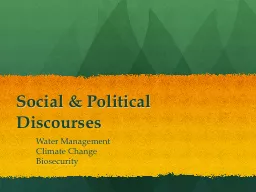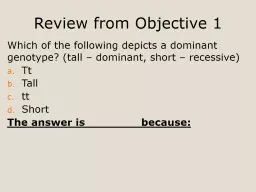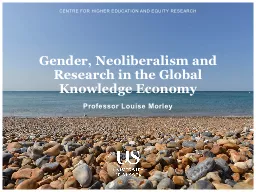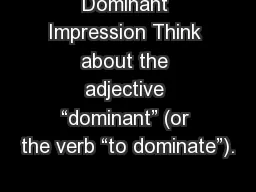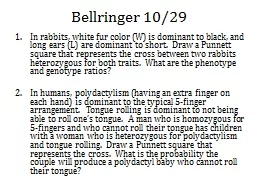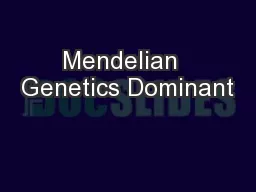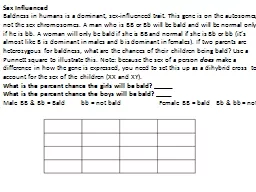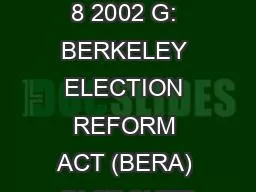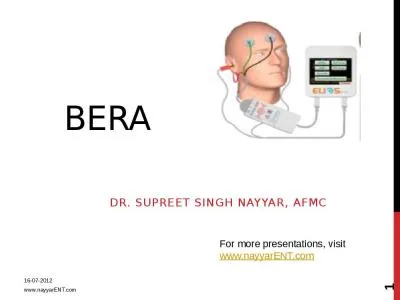PPT-BERA 2017 - DISRUPTING AND DISTURBING DOMINANT DISCOURSES IN HIGHER EDUCATION
Author : yoshiko-marsland | Published Date : 2018-02-16
DR EMILY DANVERS edanverssussexacuk Embodying Critically Who Gets to be a Critical Thinker in Higher Education The melancholic migrant holds onto the unhappy
Presentation Embed Code
Download Presentation
Download Presentation The PPT/PDF document "BERA 2017 - DISRUPTING AND DISTURBING DO..." is the property of its rightful owner. Permission is granted to download and print the materials on this website for personal, non-commercial use only, and to display it on your personal computer provided you do not modify the materials and that you retain all copyright notices contained in the materials. By downloading content from our website, you accept the terms of this agreement.
BERA 2017 - DISRUPTING AND DISTURBING DOMINANT DISCOURSES IN HIGHER EDUCATION: Transcript
Download Rules Of Document
"BERA 2017 - DISRUPTING AND DISTURBING DOMINANT DISCOURSES IN HIGHER EDUCATION"The content belongs to its owner. You may download and print it for personal use, without modification, and keep all copyright notices. By downloading, you agree to these terms.
Related Documents

